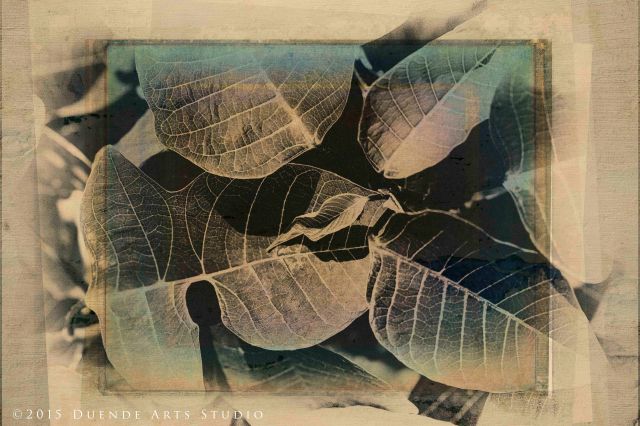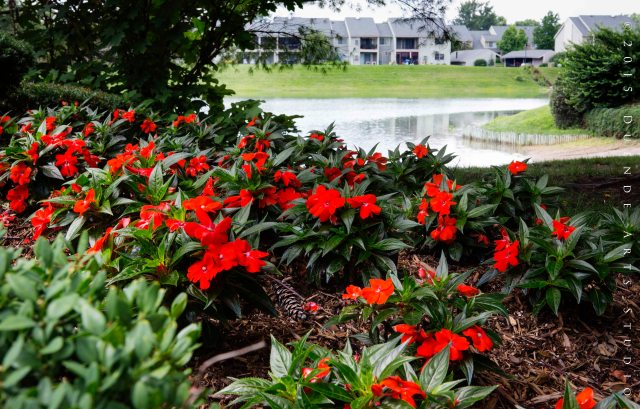I led a silent retreat over the weekend and today my teacup is overflowing!
Paul Reps told a story about Zen Master Nan-in who receiving a learned professor come to inquire about Zen first first offered him tea. Nan-in kept pouring until the cup was overflowing. The professor cried, Stop! The cup can’t take any more tea.
Just so, said Nan-in said. You are full of your own ideas and beliefs. How can I show you Zen without you first emptying your cup?
I used this anecdote to start the retreat Saturday afternoon. I wanted participants to open themselves to teachings by temporarily setting aside what they knew.
But just now, the image of an overflowing cup meant that the mind, or whatever part of a man it is that gets full as with child, is running over with creative impetus, with actionable ideas—and they were all making sense individually and together!
When the mind has the quality of creating, ideas seem neon-lit in the mind’s eye. They shine in the darkness like points of fire tugging me if not to the Promised Land to the next valley of my life’s journey with steps joyful, with no doubt about arriving. There is not path, the whole knowable universe and I the same.
At the last minute Thursday, while preparing the prospectus for the retreat I relabeled it “Changing Lives.” The bimonthly retreat is normally training in developing mindfulness and concentration, the two component processes of Buddhist meditation. Looking at the roster of people who had signed up I noticed that two had never meditated before, and one was a Muslim woman.
Without deliberately applying the information, I found the program taking on a new, exciting direction, one that I didn’t fully realize until this morning when the retreat manager messaged me. Had I intended not to display a buddha image? I had always brought a large wooden buddha to set up on a table that became a Buddhist altar. I told her it was intended.
The obvious reasoning was that I didn’t want a graven image to offend Muslim sensibilities. But not having a Buddha there on the table by my teacher’s chair, the mind took off on its own to redesign the content of both the retreat and the teachings and training I gave.
To bring this to a swift point, while giving the retreat Saturday and Sunday I found myself hewing to the title I gave it. “I’m not here to teach you Buddhism,” I told the group of six (one had to leave minutes before we started at news that her father had been rushed to the hospital with another heart attack). “What I teach,” I continued, “is life. How do we live?”
And that’s how a new direction appeared. No preliminary warning, no fanfare. Like Minerva it sprang full-grown from the mind of Zeus!
I am best suited to teach, just as both my parents were teachers. Of the topics that interest me and of which I have experience and expertise, what best suits them both is this: teaching how to know how we live and what deep changes we can bring to this that we can experience fulfillment, satisfaction, wholeness, peace and joy.
In Buddhism, all this is called “self.” We each have the propensities built into our persons to act and react in a certain way. These are modified by experience and “random” breaks in the pattern. Without knowing how change comes about in these propensities, we have little to no input into how they change.
We could change something deliberately and it seems we have changed but, as Freud declared, unless we recognize the root cause of the symptom, mind will simply substitute another symptom to express it.
Learning about root sources of mind is what leads to what I call “deep change,” changing the very ecology of self.
Our mind is the cup. It’s not how much the cup can contain but learning to know what makes the cup that we can change it, the cup itself.


 I just leapt! I upgraded this site to Premium on WordPress, giving myself a year to really learn how to use the platform to write and maybe monetize my work either here or by publishing on other venues.
I just leapt! I upgraded this site to Premium on WordPress, giving myself a year to really learn how to use the platform to write and maybe monetize my work either here or by publishing on other venues.
 This is the first post I’ve added since 2015!
This is the first post I’ve added since 2015!



You must be logged in to post a comment.